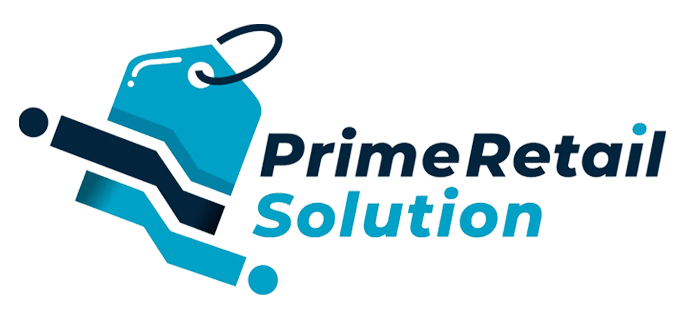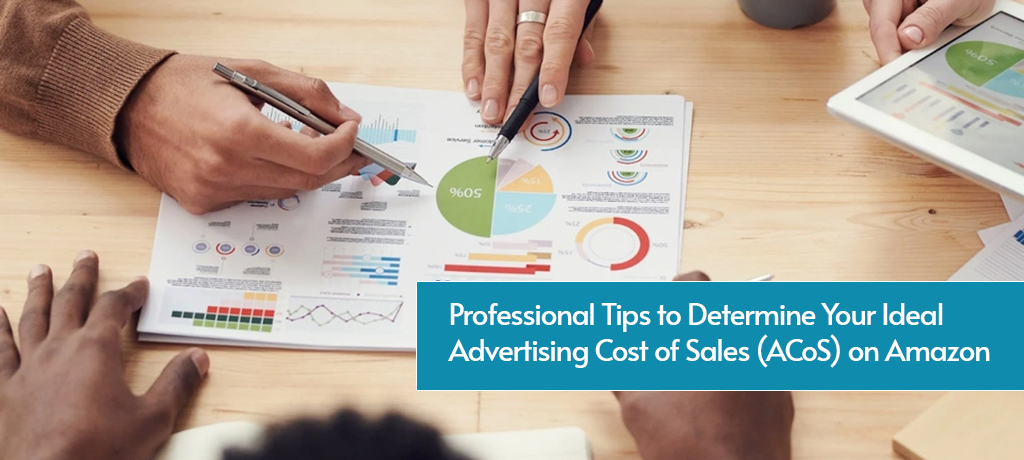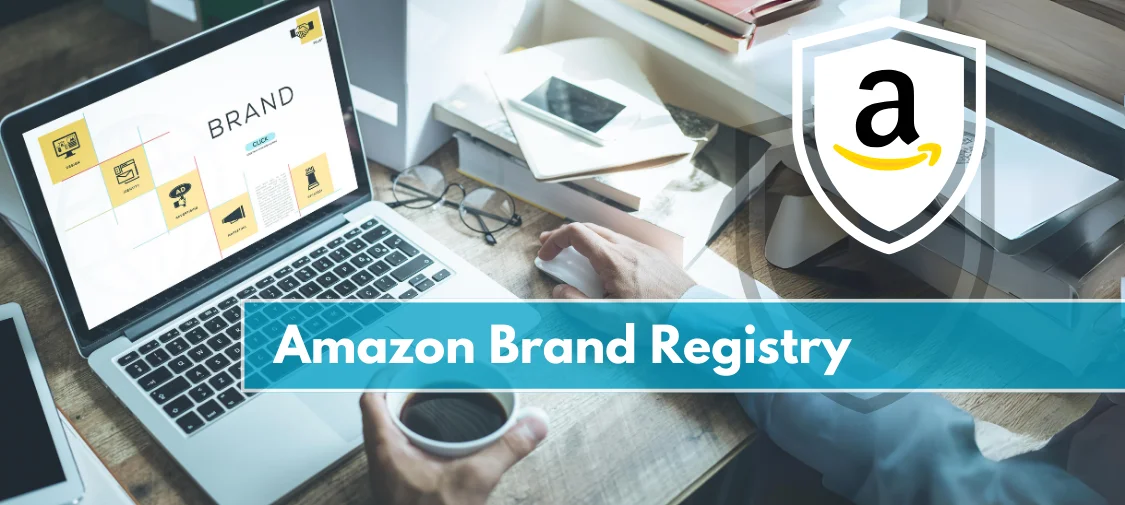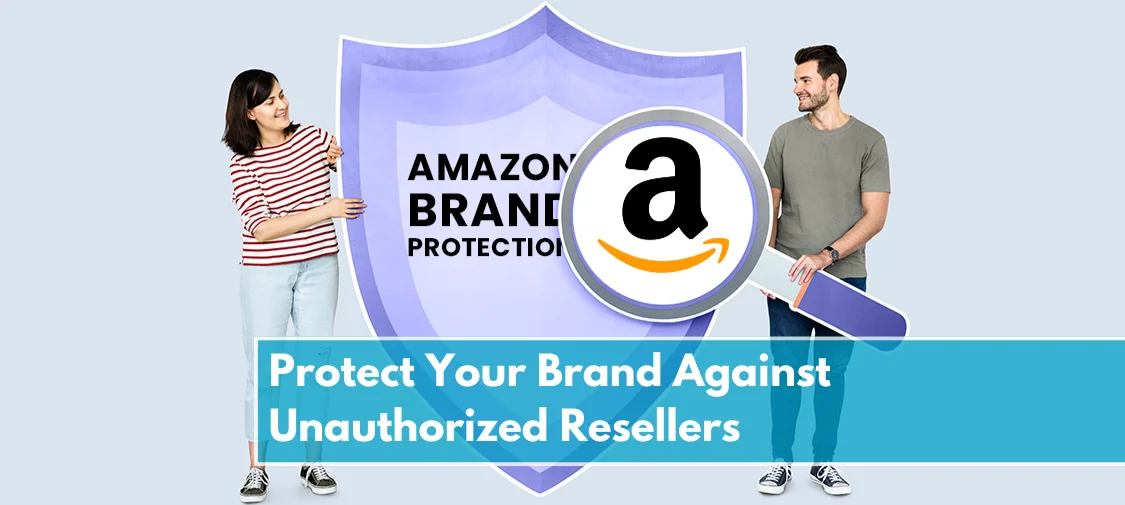Amazon
Professional Tips to Determine Your Ideal Advertising Cost of Sales (ACoS) on Amazon
Setting an optimal Advertising Cost of Sales (ACoS) on Amazon can make a significant difference in a brand’s profitability. For Amazon brand owners, finding that perfect ACoS is more than just picking a percentage—it’s about balancing ad spend with revenue goals. With Amazon’s increasing competition, achieving the right ACoS is essential to keep ad budgets effective and profitable. Let’s explore what ACoS really means, how to calculate it, and expert tips to help you determine the ideal ACoS for your brand.
What is ACoS, and Why Does it Matter?
ACoS stands for Advertising Cost of Sales. It is a crucial metric in Amazon advertising that represents the percentage of ad spend relative to the revenue generated by those ads. It’s calculated as follows:

For Amazon brand owners, the goal is to achieve an ACoS that aligns with profitability objectives, which varies based on factors like product margins, advertising strategy, and long-term business goals. Lower ACoS values generally indicate more efficient ad spending, but sometimes a higher ACoS can be acceptable, especially for brand awareness or high-competition products.

Factors to Consider When Setting Your Target ACoS
Setting an ideal ACoS target depends on several factors, including profit margins, product lifecycle, and competition. Here’s a breakdown of each:
1. Profit Margins
- One of the first steps to determining your target ACoS is knowing your profit margin. For a product with a 30% profit margin, a 20% ACoS may leave room for a 10% profit after advertising costs. Lower-margin products might need a lower ACoS to stay profitable.
2. Product Life Cycle
- Product stage affects ACoS goals. Newer products may have higher ACoS initially to build visibility, while mature products can aim for lower ACoS as they become established.
3. Advertising Goals
- Are you aiming for brand awareness or focusing solely on sales? A brand-awareness strategy might tolerate a higher ACoS, while a strict ROI-focused approach usually targets a lower ACoS.
4. Competition and Niche
- Highly competitive categories often require higher bids, which can drive up ACoS. Researching competitor ACoS benchmarks can help you set realistic expectations.
8 Tips to Determine and Achieve Your Ideal ACoS
1. Calculate Your Break-Even ACoS
- Break-even ACoS is where your ad spend equals your profit margin, meaning no profit or loss. Calculating this gives a baseline to work from. For example, if you have a 40% profit margin, a break-even ACoS would be 40%. Any ACoS below this means profitable ad spend.
2. Align ACoS Goals with Profit Margins
- After establishing break-even, set realistic ACoS targets that allow profit while meeting sales goals. If your break-even ACoS is 40%, aim for an ACoS below that to ensure you maintain profitability.
3. Use Amazon’s Auto Campaigns to Gather Data
- Auto campaigns are useful for discovering high-converting keywords. Start with automatic targeting to collect data, then transition top-performing keywords to manual campaigns. This lets you control bids and achieve a more precise ACoS.
4. Optimize Product Listings for Higher Conversion Rates
- A well-optimized product listing enhances conversion rates, making it easier to reach a lower ACoS. Include high-quality images, bullet points, and compelling product descriptions to encourage sales. Increased conversions mean more efficient ad spend.
5. Set Campaign Budgets and Bids Strategically
- Control your ad spend by setting daily budgets and adjusting bids based on performance. If certain keywords drive high costs without significant sales, lower the bids or pause those keywords to keep ACoS in check.
6. Implement Negative Keywords to Reduce Wasted Spend
- Negative keywords prevent ads from showing up in irrelevant searches. If your ads are displaying for unrelated terms, they can generate clicks without sales, driving up ACoS. Use negative keywords to filter out non-converting searches and refine targeting.
7. Monitor and Adjust ACoS Regularly
- Regular adjustments are essential. Keep an eye on keyword performance weekly, adjusting bids up or down based on results. Monitoring ACoS trends can help identify when campaigns need optimization.
8. Leverage Amazon Brand Analytics for Insights
- Amazon Brand Analytics provides valuable data about customer search terms, purchase behavior, and competitor insights. Use this data to refine your targeting strategy and focus on keywords that drive the best returns.
Short-Term vs. Long-Term ACoS Strategy
Short-Term Strategy:
For new products or aggressive growth strategies, you might set a higher ACoS target initially. This investment in visibility often pays off later with organic ranking and higher brand awareness, allowing for a gradual ACoS reduction.
Long-Term Strategy:
Over time, shift toward a sustainable ACoS that balances ad spend with profit. Mature products benefit from a stable ACoS target as they rely more on organic sales, reducing the need for costly ad campaigns.
Tools to Help You Manage ACoS
To simplify ACoS tracking and management, Amazon brand owners can use various tools:
- Amazon Seller Central: Access reporting tools to monitor ad performance and adjust campaigns.
- Keyword Scout and Helium 10: Track ACoS trends, competitor benchmarks, and ad spend in detail.
- Advertising Automation Software: For larger brands, tools like Pacvue or Sellics can automate bid adjustments, reducing manual work and maintaining an optimal ACoS.
Example: Calculating and Adjusting ACoS for a Profitable Campaign
Suppose you’re selling a product with a 30% profit margin and your current ACoS is 35%. This means ad spend is cutting into profits. To bring ACoS down, you might focus on adjusting bids, improving listing quality, and targeting higher-converting keywords to lower costs while maintaining sales.

Common Mistakes to Avoid When Managing ACoS
- Ignoring Negative Keywords:
Skipping negative keywords can waste a budget. Regularly updating negative keywords ensures you’re not paying for unqualified clicks. - Overlooking Conversion Rate Impact:
Conversion rates directly affect ACoS. Low-converting listings mean you’re paying for more clicks without sales, driving ACoS up. - Setting ACoS Goals Too Low:
While a low ACoS is often desirable, setting goals too low can stifle visibility. Make sure ACoS targets allow for growth, especially in competitive niches. - Not Tracking ACoS Changes Over Time:
ACoS fluctuates, especially during peak seasons. Tracking ACoS over time helps you spot trends and make necessary adjustments to maintain profitability.
Conclusion: Achieve the Right ACoS for Sustainable Growth
Setting and achieving an ideal ACoS on Amazon is a blend of strategic planning and regular adjustments. By understanding profit margins, using the right tools, and refining targeting, Amazon brands can keep their ACoS within profitable limits while growing their presence on the platform.
If you’re looking to take your Amazon advertising to the next level, Prime Retail Solution offers expertise in optimizing ad campaigns and helping brands find their ideal ACoS. Connect with us today to create a data-driven strategy that aligns with your profit goals and keeps your advertising budget efficient.
Share





